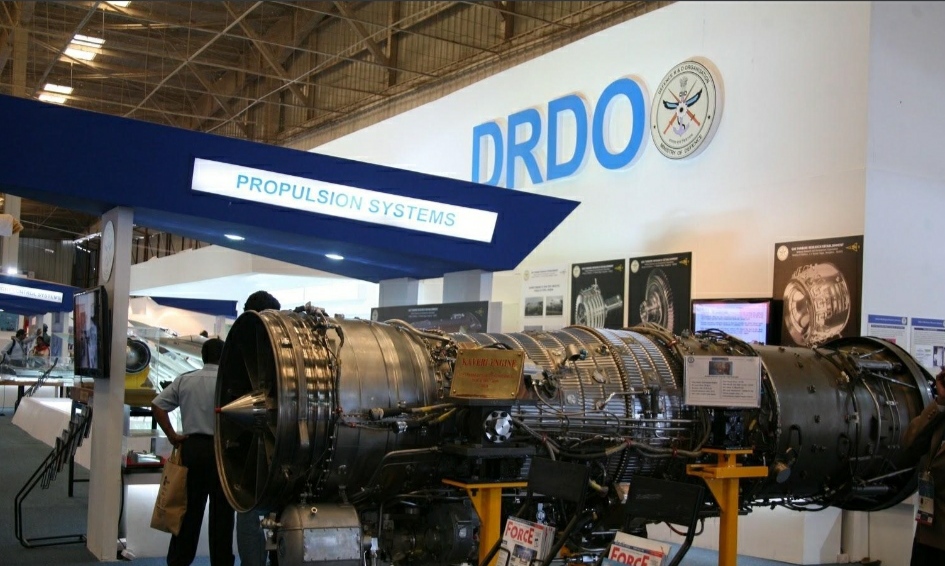India Will Develop A Fighter Jet Engine Of Its Own

Lack of an indigenous jet fighter engine killed our indigenous HF24 Marut and ended its development as a super fighter. The lack of an indigenous engine was the main reason for the indigenous Light Combat Aircraft taking decades to take shape from the drawing board to the manufacture stage.
We have been able to develop the KAVERI engine but it is still short of the mark. However India is not giving up. A nation that can send a probe to Planet Mangal can certainly produce a world class engine.
The work has started as a National Project and In next 5 to 7 years time we should have our full fledged Jet Engine, in time to power our AMCA and also Tejas Mk3, and the Naval Tejas Mk2( TEDBF).The DRDO has already taken the lead in this area
And with this entire focus is on Atmanirbhar Bharat and making India self reliant in defence and creating our own technology rather than depending on outside technology.
The jet fighter engine is one technology which is part of the strategic technology development plan of the DRDO. And for this a consortium of industry partners are being involved in this because it requires a lot of capital, a lot of talent and multiple technologies.
The DRDO has already started the programme on AMCA (Advanced Medium Combat Aircraft) engines, they are putting their internal teams together which is ADA (Aeronautical Development Agency), GTRE (Gas Turbine Research Establishment), HAL (Hindustan Aeronautics) all these people together. And they would obviously need industry partners to make the parts and the real metal that is required in the engine. It will happen.
Many companies in India are emerging very strong in the defence sector in the next five years. As far as Indian companies are concerned, the technology ownership is going to be Indian and will be largely coming out of the DRDO (Defence Research and Development Organisation) process.
The DRDO is the central pillar which is creating defence technology. And the model that the DRDO is now adopting for the last few years is getting more and more industry partners right in the beginning of every programme making them do part developments on their own. So, there is a huge change in the whole ecosystem that is coming up.
Along with the DRDO now say 100 companies have begun working with DRDO with each company having their own little R& D centres then you have 100 mini DRDOs and the result of this is exponential. It is not just a participation of 100 companies, but getting exponential results and that is what is beginning to be seen in India.
Bharat Forge Chairman and Managing Director Babasaheb Neelkanth Kalyani believes that R&D is very necessary for a country and an economy of our size if it wants to grow to the first step – a $5 trillion economy, the dream that we all have along with our honourable prime minister – without R & D that is not going to happen. It cannot happen on foreign technology. A large of it has to happen on our own technology. We have proven this in the COVID – 19 pandemic.
Within two months we were able to make PPEs (Personal Protection Equipment), ventilators, all kind of facilities that were required for treating patients including tests and testing centres. That shows what capability this country has inherently. It just needs to get rid of its silos and work in a unified direction. I think “Atmanirbhar Bharat” is creating that unified direction. If we can get rid of the silos I think India will go miles.
Once you build the talent, you build the capability, you build an eco system, the business has to flow. Like water finds its own level, business will find its own level.



